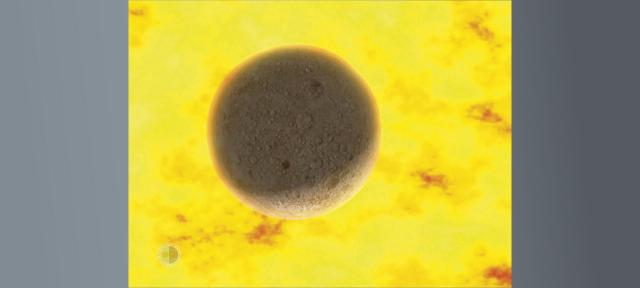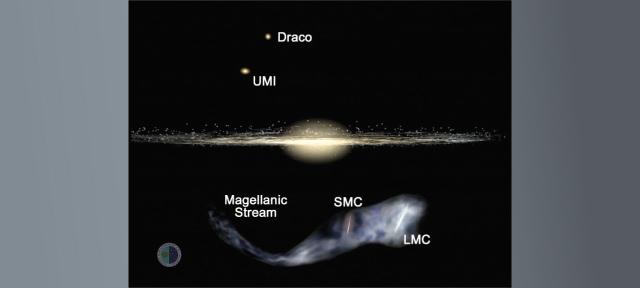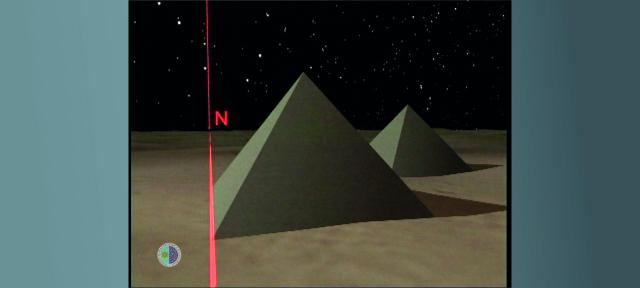Almost all the chemical elements of which we are made, such as oxygen (O), carbon (C), nitrogen (N), calcium (Ca) and iron (Fe), did not exist at the origin of the Universe. They were progressively generated inside the stars as residue of the nuclear fusion reactions that allow them to shine. This is why we can affirm that "we are literally star dust". During the final phases of small and medium mass stars (less than eight times the mass of the Sun), these elements stored inside are spread to the interstellar medium in a more or less violent process, giving rise to structures called Planetary Nebulae. In its centre will remain the extremely hot nucleus of the star, which will be called White Dwarf, and which will supply energy through radiation to its outer layers as they expand, gradually extinguishing in just a few tens of millennia. The new cosmic cycle begins here, where new stars and exoplanets will be formed thanks to the existence of these new and exceptional chemical elements.
The planetary nebula Dumbbell is about 1,250 a.l. away and measures between 1 and 1.5 a.l. in diameter. It is one of the largest and brightest planetary nebulae known, being the first to be catalogued by Messier in 1764 as M27. The particular name of these astronomical objects, which have nothing to do with planets, is due to the fact that their appearance is similar to that of giant gaseous planets, seen through 18th century telescopes. It is estimated that M27 began its transition phase between red giant and planetary nebula about 10,000 years ago, and its nucleus is still evolving into a stable white dwarf. This planetary nebula illustrates that the final phase of a star's life is about half as massive as ours has nothing special about it. The Sun, in 5,000 million years, will also finish its fuel, will expand like a red giant devouring in the process the inner planets of the Solar System and will end up expelling its outer layers to the space, leaving in its center the nucleus of the star, a white dwarf.
Dumbell is especially striking for its intense colours. When we scatter the light of a star (such as the Sun), we get all the colours of the rainbow, but when we scatter the light of this object, we get only a few as they are areas rich in certain chemical elements such as oxygen (O) or sulphur (S). These elements absorb the energy radiated by the white dwarf and emit it exclusively in the wavelengths (colours) typical of their spectra: a "turquoise blue" at about 500nm and an intense red at about 672nm. For this reason, although it may be shocking to our eyes, this is approximately its "real colour".
The stellar map shows the region of the sky photographed between the constellations of the Arrow and the Fox.
The image is the result of adding 8 exposures of 600s in each of the 3 wide filters R(red), G(green) and B(blue); plus 12 exposures of 1,800s in each of the 3 narrow filters Hα, SII and OIII; and 21 exposures in the L(luminance) filter with the Sky Treasure Chest Astragraph (STC) of the UC3. Author: D. López ©IAC



